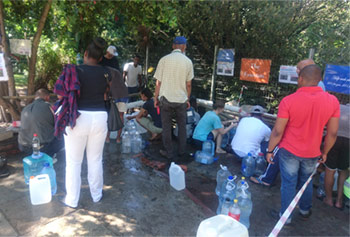
Worldwide Water Shortage:
The Glass Really Is Half Empty
Residents waited to collect water from a natural spring in Cape Town. Photo by Discott
In 2018 Cape Town, South Africa, a city of over 4 million, ran out of water. The city government announced that on “Day Zero” residents would have no running water in their homes and businesses. People lined up at communal stations to collect a daily water ration. The crisis was only averted at the last minute, in part by the arrival of exceptional storms.
In 2018 Cape Town, South Africa, a city of over 4 million, ran out of water. The city government announced that on “Day Zero” residents would have no running water in their homes and businesses. People lined up at communal stations to collect a daily water ration. The crisis was only averted at the last minute, in part by the arrival of exceptional storms.
The most alarming aspect of the Cape Town crisis is that it is not the only major city in the world to experience a drastic water shortage in recent years. Dozens of cities in Brazil and India, for example, have experienced similar conditions.
In 2015 Sao Paulo, Brazil’s largest and wealthiest city, found itself on the verge of limiting water delivery to two days a week. Exceptional rains again helped avert the crisis. In 2013 hospitals in New Delhi cancelled surgeries because they did not have enough water to sterilize instruments. The city of Chennai in India (also known as Madras) relied entirely on water delivered by truck for almost a year. India is home to more than one billion people and is one of the countries most at risk of running out of drinking water. Altogether one quarter of the world lives in areas at risk of severe water shortage. Water consumption exceeds sustainable limits during at least part of the year in more than half of the world’s river basins.
What has changed so that major cities now face drastic water shortages? The obvious factors begin with population growth. World population is now almost 8 billion, and the fastest growing areas are also those most at risk for drought. Another major issue is run-down infrastructure in industrial countries – for example, New York City lost at least 20 million gallons a day for decades from leaks in its enormous tunnels. And watersheds everywhere, critical as clean water sources, have been neglected or destroyed. Many of the great rivers of the world no longer provide untreated water that’s safe to drink – for example the water of the famous Danube River for most of its length is so polluted that it cannot be made safe at all.
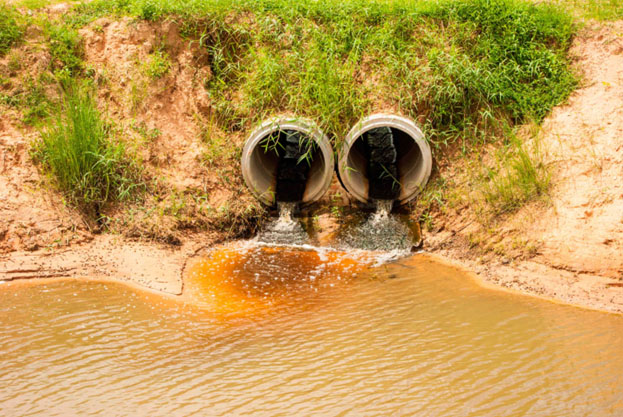
One quarter of the world lives in areas at high risk of severe water shortage.
And of course human greed can never be discounted. Sanaa, a city of 4 million in Yemen, is one of the oldest continually inhabited cities on Earth and is likely to become the world’s first capital city to run out of water completely. Yemenis use 40 percent of their water to grow qat, a narcotic that’s the country’s largest cash crop. This is far more water than they use to grow food. But before judging the Yemenis, consider that it takes 1.5 gallons of water to make 1 plastic bottle. More than 20 billion of these are thrown into landfills each year – 500,000 of them in the time it took you to read this paragraph. Perhaps the Yemeni qat farmers are not unusually foolish.
Governments everywhere are failing to cope with projected shortages. Fourteen of the world’s twenty largest global megacities, Athens, Bangalore, Cairo, London, Mexico City, and others experience periods of water scarcity every year. The World Health Organization estimates over 800 million people lack even a basic drinking water source within 15 minutes of their home, and only 40 percent of the world population has access to sanitary water sources, creating the conditions for deadly diseases such as cholera, dysentery, and typhoid. Cities in the US threatened with the reductions in their drinking water include Los Angeles, Phoenix, El Paso, and Miami—and none of these cities are taking steps sufficient to cope with the problem.
In the absence of fresh water, people have turned to pumping water from underground lakes called aquifers. In many places this has caused the ground level to sink – “subsidence” – to a startling degree. The ground under Mexico City appears to be subsiding about one foot per year. About half of Jakarta, the capital of Indonesia and the second largest urban area in the world after Tokyo, is now below sea level. Because of draining aquifers, some areas of the city are sinking ten inches a year, and all of Jakarta is likely to be underwater in 30 years. In response the government of Indonesia plans to move its capital to a different island.
California agriculture draws water not only from melting snowpack and ancient aquifers but also from the distant Colorado River. The state competes for this water with neighboring states and Mexico. So much water is now taken from this major river that by the time it reaches Mexico it no longer flows all the way to the sea. In 2023 reductions of more than 50% of the water diverted from the Colorado River may be needed to keep reservoirs from dropping so low that the reservoir dams can no longer produce hydroelectricity. As demand for cooling power grows to offset the changing climate, the heat and drought are reducing the existing power sources.
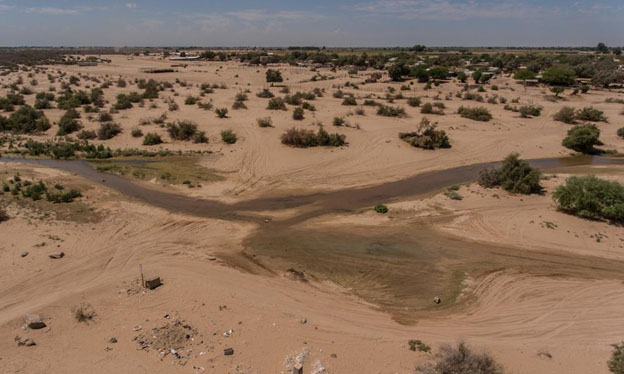
“Whiskey is for drinking, water is for fighting over.” – Mark Twain
The crisis in Cape Town came dangerously close to armed conflict. Conspiracy theories were rampant, boosted by social media. Some claimed there was no real shortage, that the crisis was a scheme to benefit water treatment companies based in Israel. And as is common all over the world, the hardship was not shared equally by all citizens: wealthier Cape Town neighborhoods are located where water is more abundant. Open conflict seemed imminent, and the government was on the verge of calling in troops before the crisis was averted. The same tensions erupted during the water shortage in Brazil.
Solutions to the decrease in water sources are entirely possible, but only if all involved decide to cooperate.
The most at-risk countries are in politically unstable regions. It is easy for their people to believe that foreigners are taking advantage of them, especially when politicians fan these fears for personal gain. Pakistan and India, for example, share many of the same water sources and face catastrophic shortages. They also both possess nuclear weapons. These nations are bitter enemies and blame each other for the water shortage. Wealthy regions have shown an appalling ability to seize water from poorer regions, leaving their victims mired in scarcity. Yet solutions to the decrease in fresh water sources are entirely possible, but only if all involved decide to cooperate.
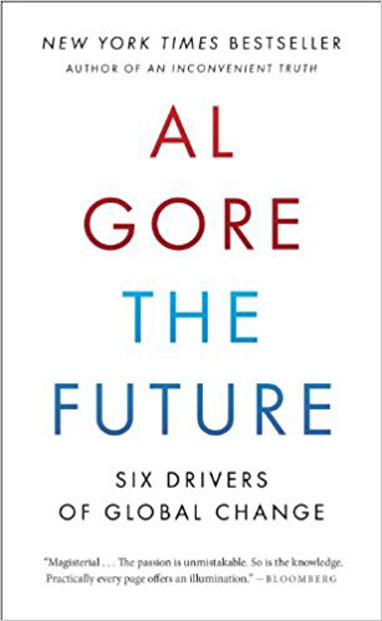
The Future
Six Drivers of Global Change
Al Gore
No period in global history resembles what humanity is about to experience. Explore the key global forces converging to create the complexity of change, our crisis of confidence in facing the options, and how we can take charge of our destiny.
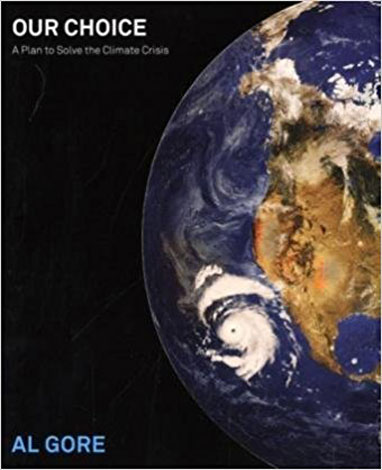
Our Choice
A Plan to Solve the Climate Crisis
Al Gore
We clearly have the tools to solve the climate crisis. The only thing missing is collective will. We must understand the science of climate change and the ways we can better generate and use energy.
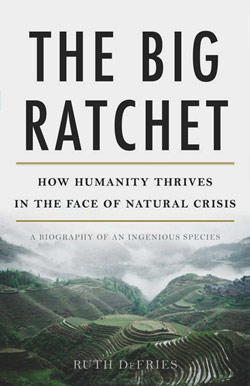
The Big Ratchet
How Humanity Thrives in the Face of Natural Crisis
Ruth DeFries
Human history can be viewed as a repeating spiral of ingenuity—ratchet (technological breakthrough), hatchet (resulting natural disaster), and pivot (inventing new solutions). Whether we can pivot effectively from the last Big Ratchet remains to be seen.
In the series: Not a Drop to Drink: Our Looming Global Water Crisis
Related articles:
- Three Basic Facts about the Climate
- Energy, Greenhouse Gases, and Climate Change
- Tipping Points – The Riskiest Bet
- China and Coal and Sunlight
- India: Stepping Back from the Precipice
- The Downside of Being First
- Our Finite Planet
- Our Climate Crisis—and What We Can Do About It
- Our Looming Global Water Crisis
- Our Plastic Earth
- Rescuing the Planet by Tony Hiss
- The Future: Six Drivers of Global Change
- Our Choice: A Plan to Solve the Climate Crisis
- The Big Ratchet
- The Sixth Extinction
- Natural Capitalism
- Foragers, Farmers, and Fossil Fuels
- Energy Efficiency and Sustainability
Further Reading
External Stories and Videos
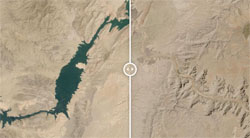
The world’s rivers are drying up from extreme weather. See how 6 look from space.
By Natalie Croker, Renée Rigdon, Judson Jones, Carlotta Dotto and Angela Dewan, CNN
The contrast in these rivers between 2021 and 2022 is alarming and starkly illustrates the growing effects of climate change.

Europe’s drought on course to be worst for 500 years, European Union agency warns
This year is set to be even worse than in 2018, when unusually favourable conditions in some parts of the bloc protected it from drought elsewhere, and the worst since the sixteenth century, a senior scientist working on the European Commission’s drought data warns.

The Lost River: Mexicans fight for mighty waterway taken by the US
Nina Lakhani, The Guardian
The Colorado traverses seven US states, watering cities and farmland. Before reaching Mexico, the river is dammed at the border, and on the other side the river channel is empty. Locals are now battling to bring it back to life.
